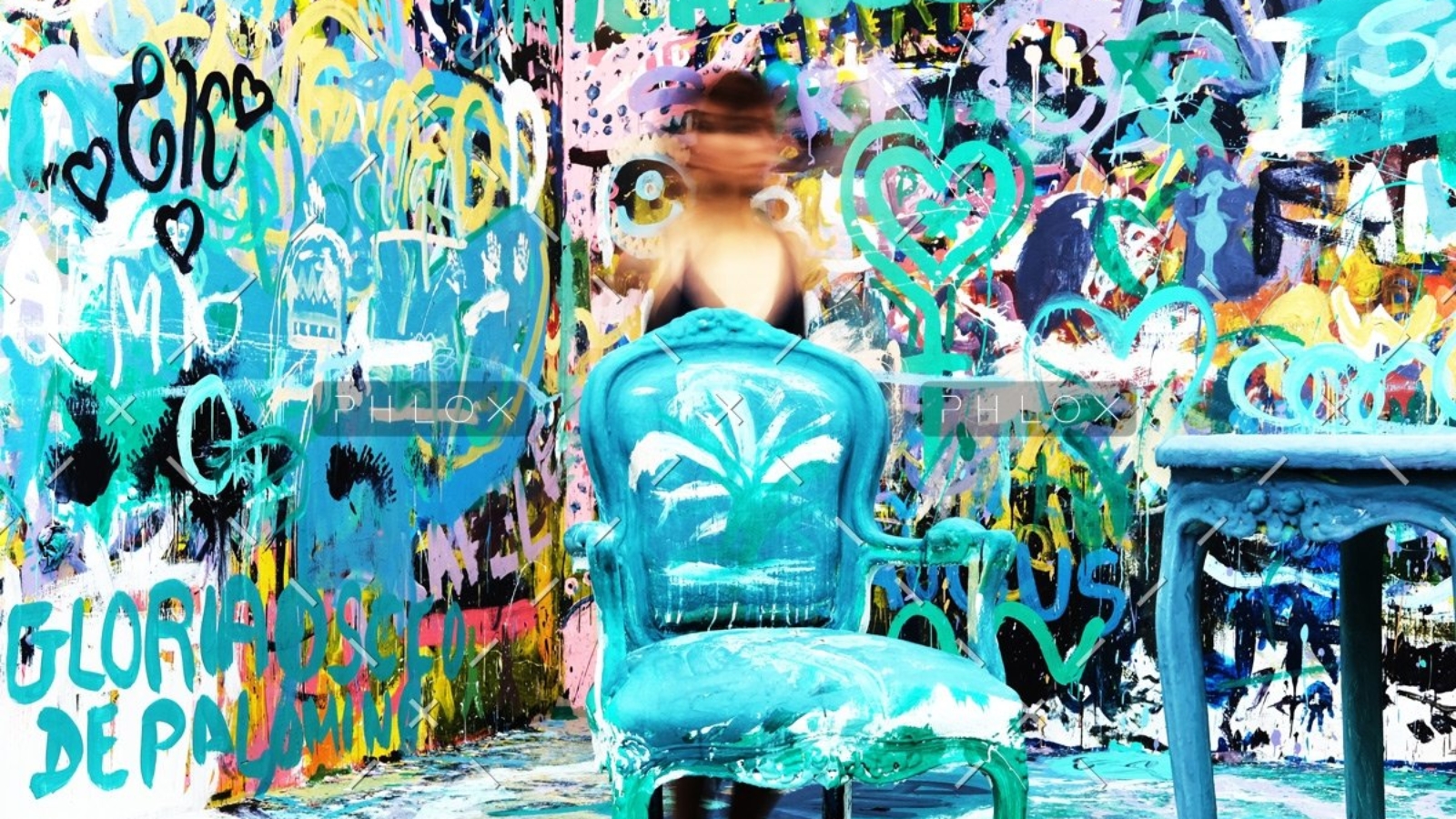|
WORLD POLICY JOURNAL ARTICLE: Volume XVII, No 4, WINTER 2000/01 Jafar Siddiq Hamzah [Go to interactive discussion forum] In a sad footnote to the recent news from Indonesia, a human rights advocate who tried to bring together the opposing sides in a secessionist conflict has instead fallen victim to the violence he sought to ameliorate. Jafar Siddiq Hamzah was one of more than 500 persons killed this past year as a result of the conflict in Aceh, and his name has been added to the growing list of civilian activists throughout the world who have lost their lives in the pursuit of the peaceful end to violent conflict. The 34-year-old human rights lawyer’s body was found along with four other unidentified bodies on September 2, 2000, at the bottom of cliff not far from Medan, the largest city on the island of Sumatra, of which Aceh forms a part. Jafar’s limbs were bound by wire and his body bore signs of torture. He had been missing for nearly a month, having vanished one afternoon from the streets of Medan, where he had been engaged in his human rights work. He was also a member of our New School University community. Aceh (pronounced ah-chay) became an autonomous province of the newly independent Republic of Indonesia in 1949. The Acehnese chafed under Jakarta’s rule, however, and open rebellion in the early 1950s was followed by decades of intermittent separatist violence. Many of the human rights abuses Jafar fought began in 1989, when the Free Aceh Movement (Gerakan Aceh Merdeka, or GAM) emerged from a period of dormancy to conduct attacks on the Indonesian police and military. GAM originated in the mid-1970s; the group’s grievances arose from political, religious, and economic factors, not least from the fact that although Aceh, with its oil and mineral resources, accounted for a sizeable portion of Indonesia’s GDP, the Acehnese saw only a small portion of the revenues generated by these resources. In the early 1990s, President Suharto tried to suppress GAM by means of iron-fisted intimidation tactics, and thousands of Acehnese were illegally detained and tortured, or murdered by the military and the police. According to Amnesty International (in “Shock Therapy: Restoring Order in Aceh, 1989-1993”), during this period the government was responsible for the deaths of an estimated 2,000 civilians and for the arbitrary detention of at least 1,000 others: “Anyone suspected of contact with Aceh Merdeka was vulnerable to arbitrary arrest and detention, torture, `disappearance’ or summary execution.” The government’s repressive tactics resulted in a tactical retreat by GAM for a few years; when the separatist movement reemerged, it turned its wrath against those among the civilian population it accused of being government informers. In 1998, following Suharto’s resignation as president, the Acehnese pressed the new government to investigate the human rights abuses that had taken place under the Suharto regime. But Suharto’s immediate successor, B. J. Habibie, and Indonesia’s current president, Abdurrahman Wahid, showed little inclination to investigate the powerful military or the police. The result has been renewed violence in Aceh and continuing human rights abuses for which both the military and GAM are responsible, although it is generally agreed that the military bears the heavier responsibility. Jafar graduated from a state training academy for Muslim religious teachers in North Aceh in 1983 and received his law degree in 1989 from Medan’s Amir Hamzah University. He went to work as a staff lawyer for the Legal Aid Institute (Indonesia’s largest human rights organization) in Medan and in this capacity served as a guide and interpreter for foreign journalists covering the military’s heavy-handed reprisals against Acehnese villages suspected of harboring separatist guerrillas. In 1991, he attended the University of Colorado on a fellowship to study environmental law. Returning to Indonesia, he worked at the Legal Aid Institute for another three years before moving to the Woodside neighborhood of Queens (where there is a large Acehnese community) in 1996. In 1998, he enrolled in the political science department of the Graduate Faculty of New School University. Once established in New York, Jafar, who was a proponent of peaceful mediation to resolve conflicts, founded the Forum on Aceh. The forum sponsored a conference at New York University in December 1998. Among the participants was a journalist who subsequently wrote an article for the Indonesian newspaper Serambi Indonesia falsely accusing Jafar of being linked to GAM, an accusation that may ultimately have proved fatal. In the summer of 1999, Jafar organized a conference in Bangkok that resulted in one of the first meetings between the Indonesian government and GAM, and paved the way for a “humanitarian truce” agreed to by the Wahid government and GAM later in the year. Last June, Jafar returned to Aceh to open the local office of the International Forum on Aceh, the mediation and advocacy organization he had founded. He also intended to set up offices for the English-Acehnese newspaper Su Aceh. Unfortunately, the humanitarian truce had failed to halt the violence in Aceh, and barely three months after returning to Indonesia, Jafar was dead, mourned by those who admired his commitment to human rights and his activism in pursuit of an end to sectarian violence in his native country. [Go to interactive discussion forum] |
